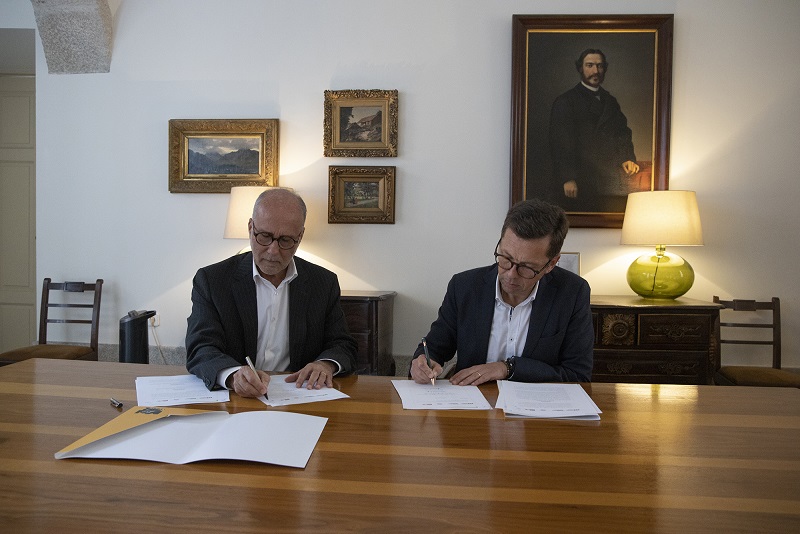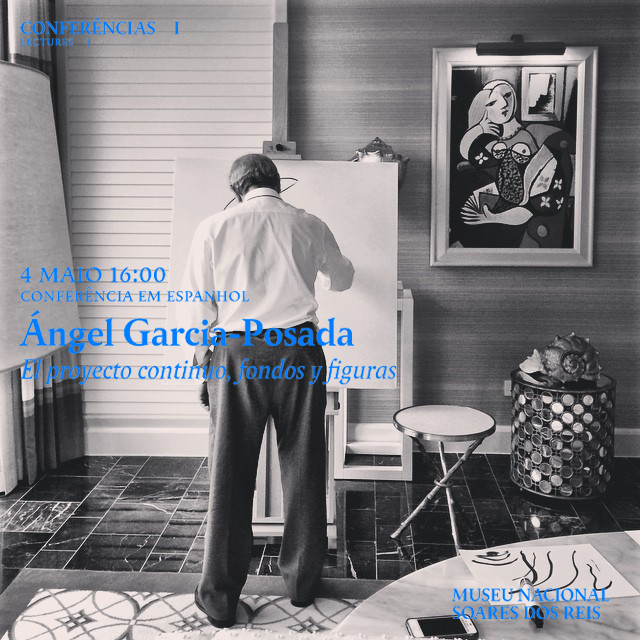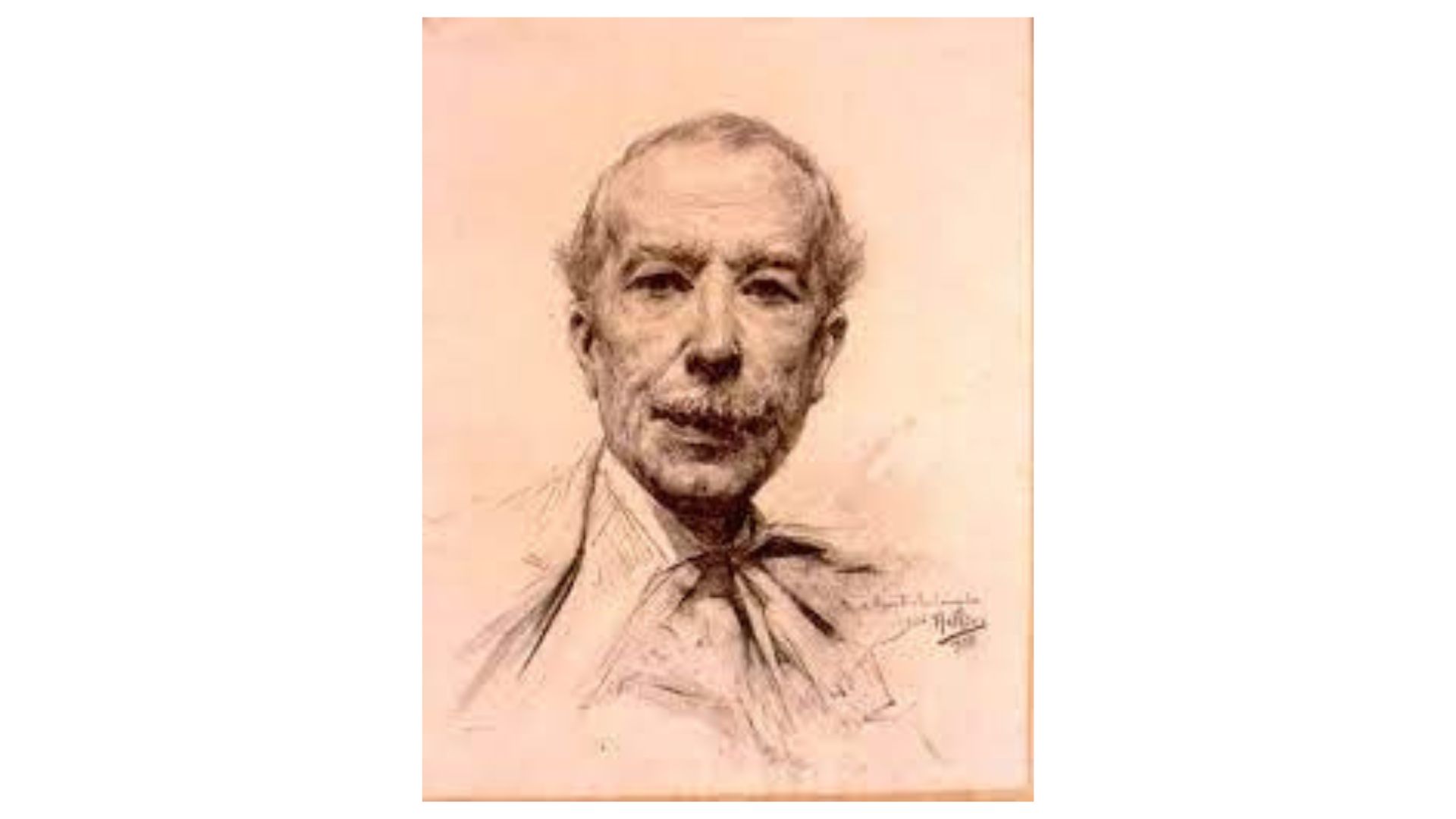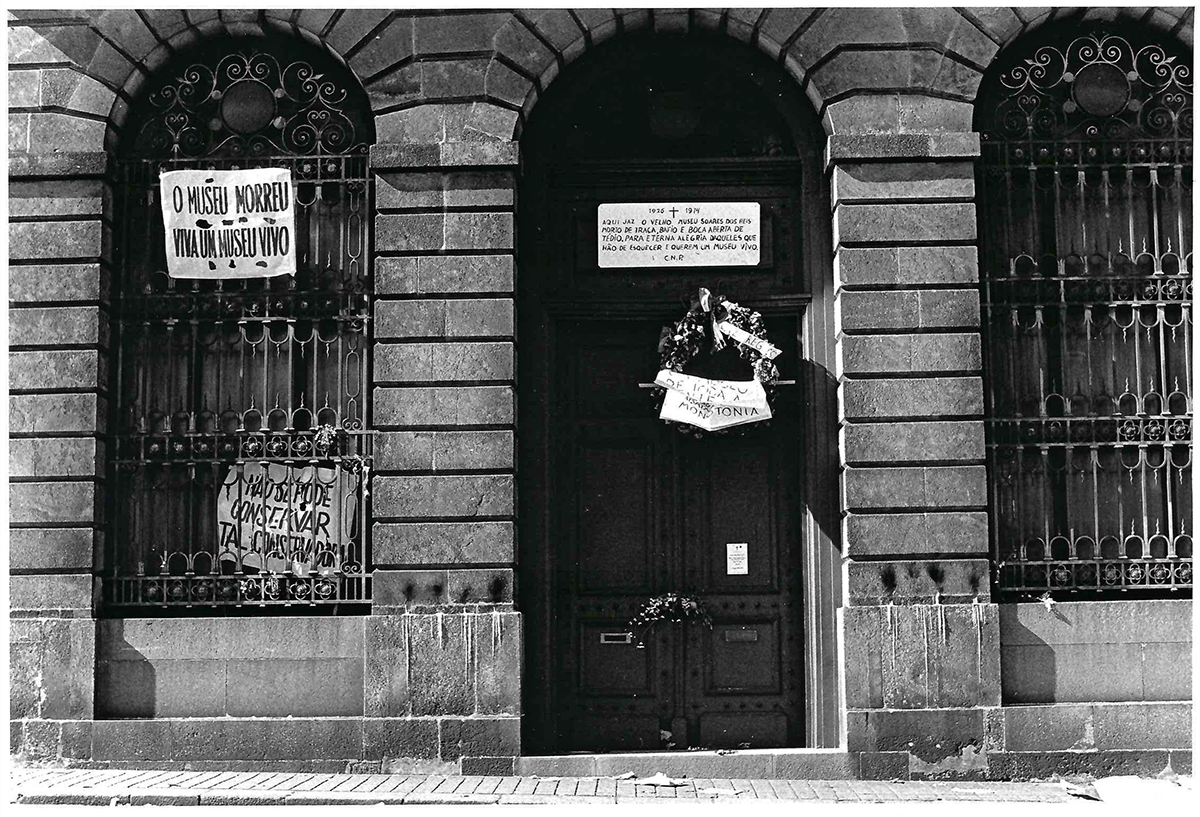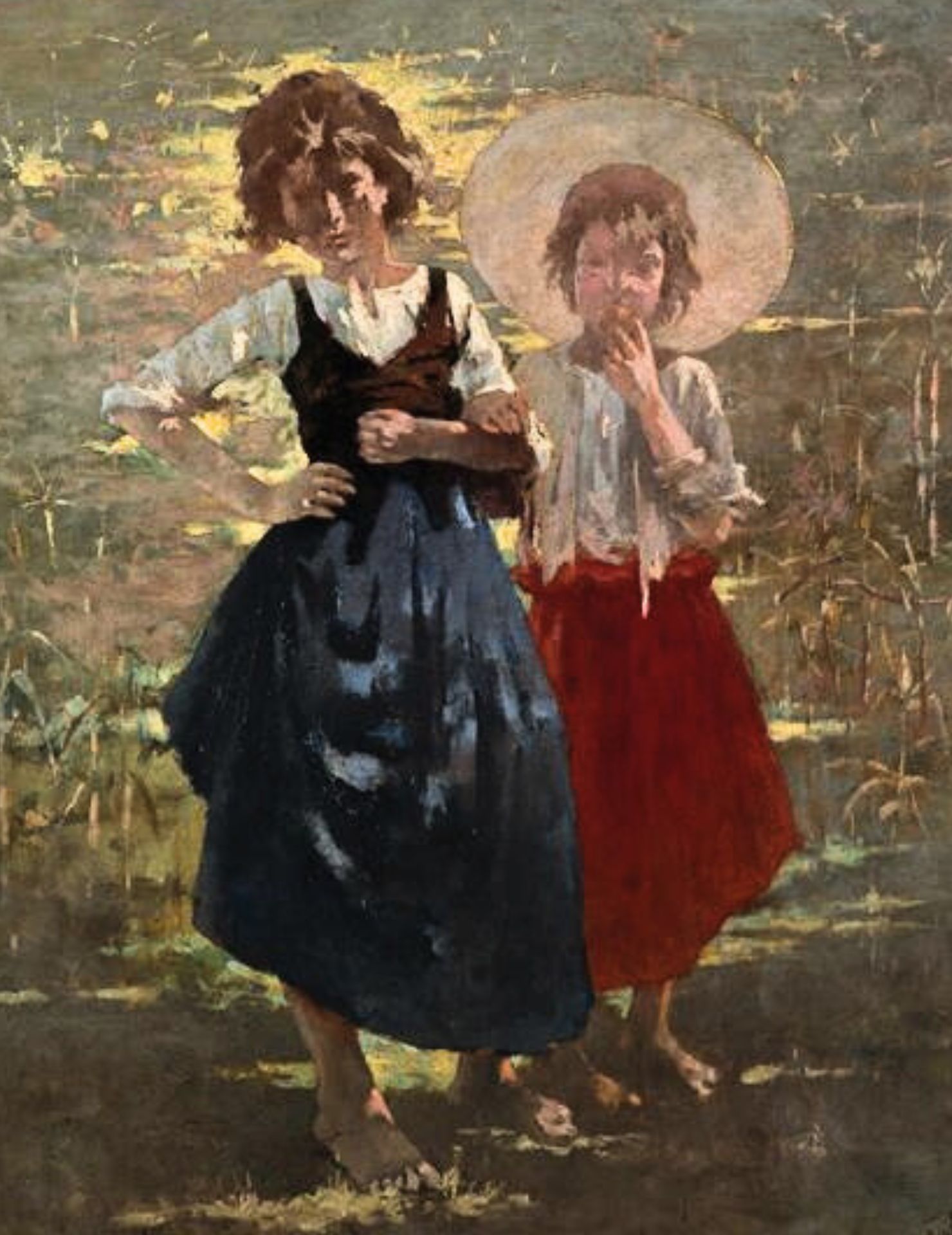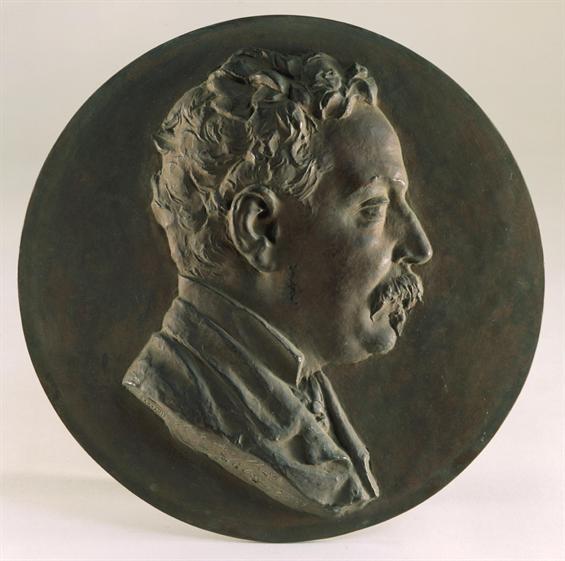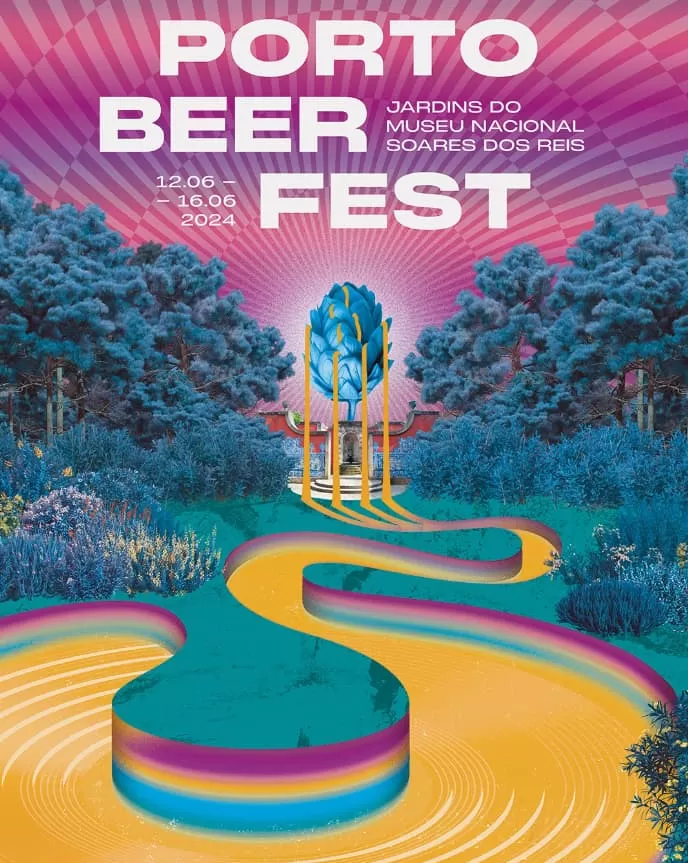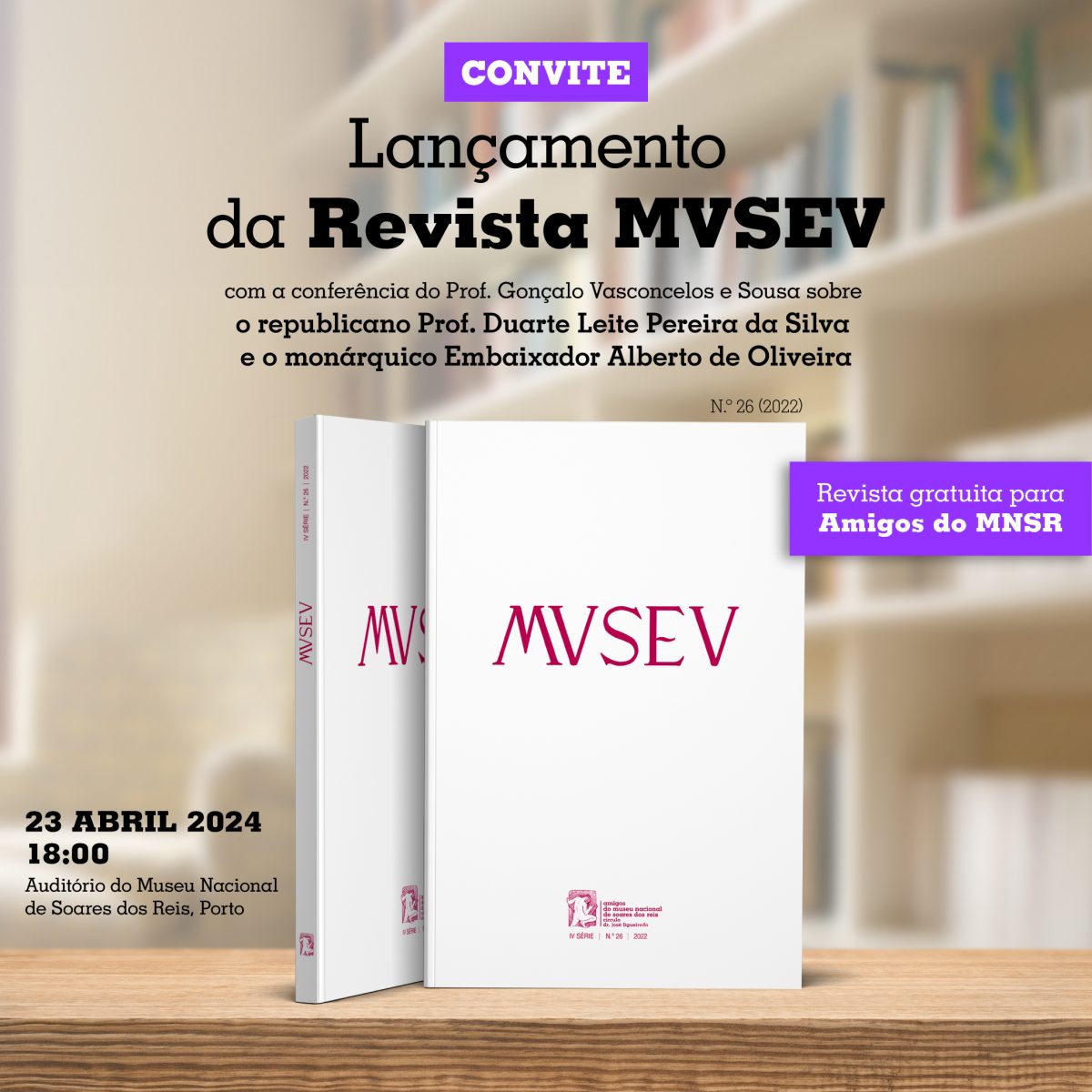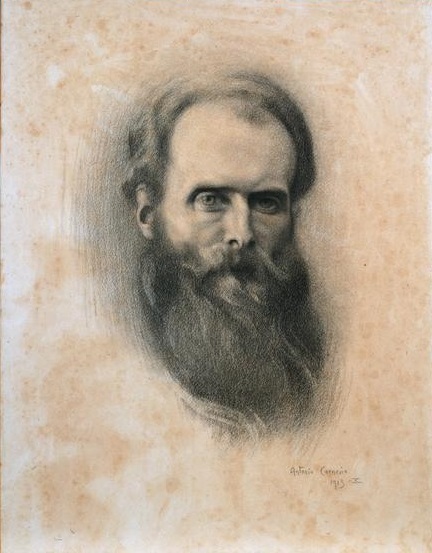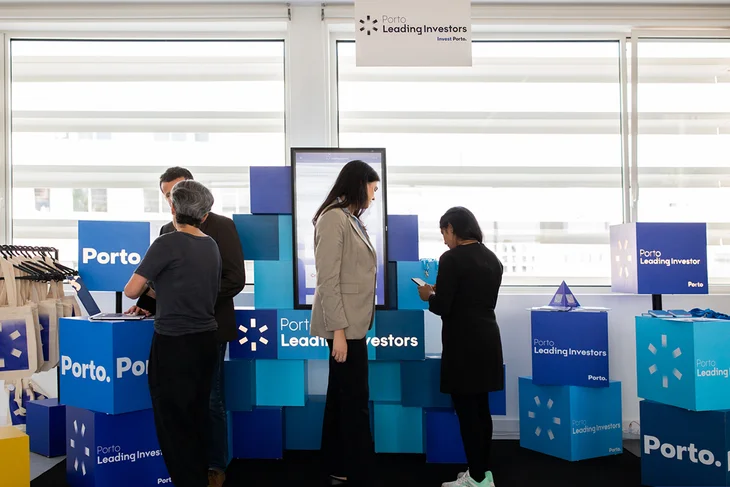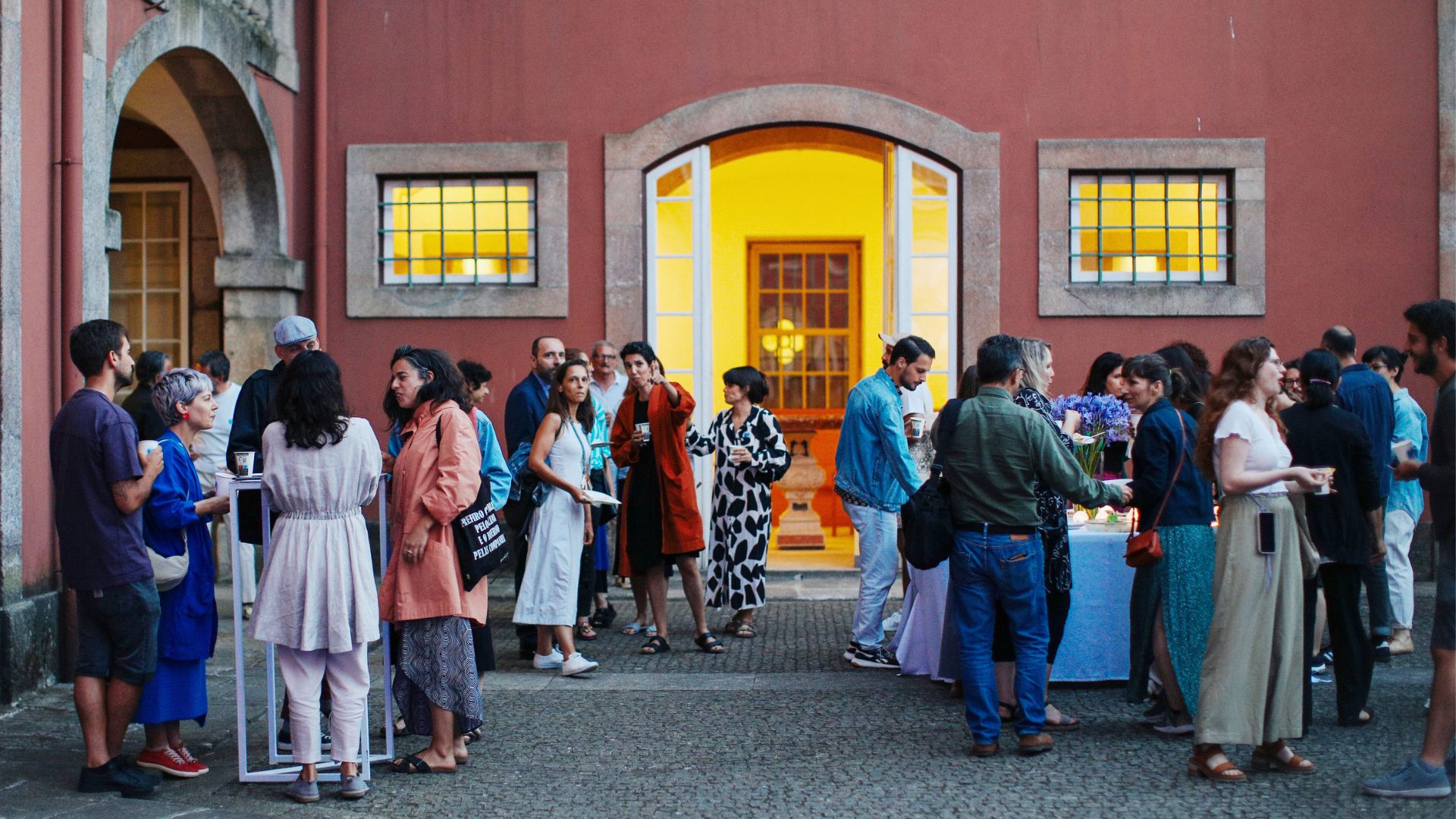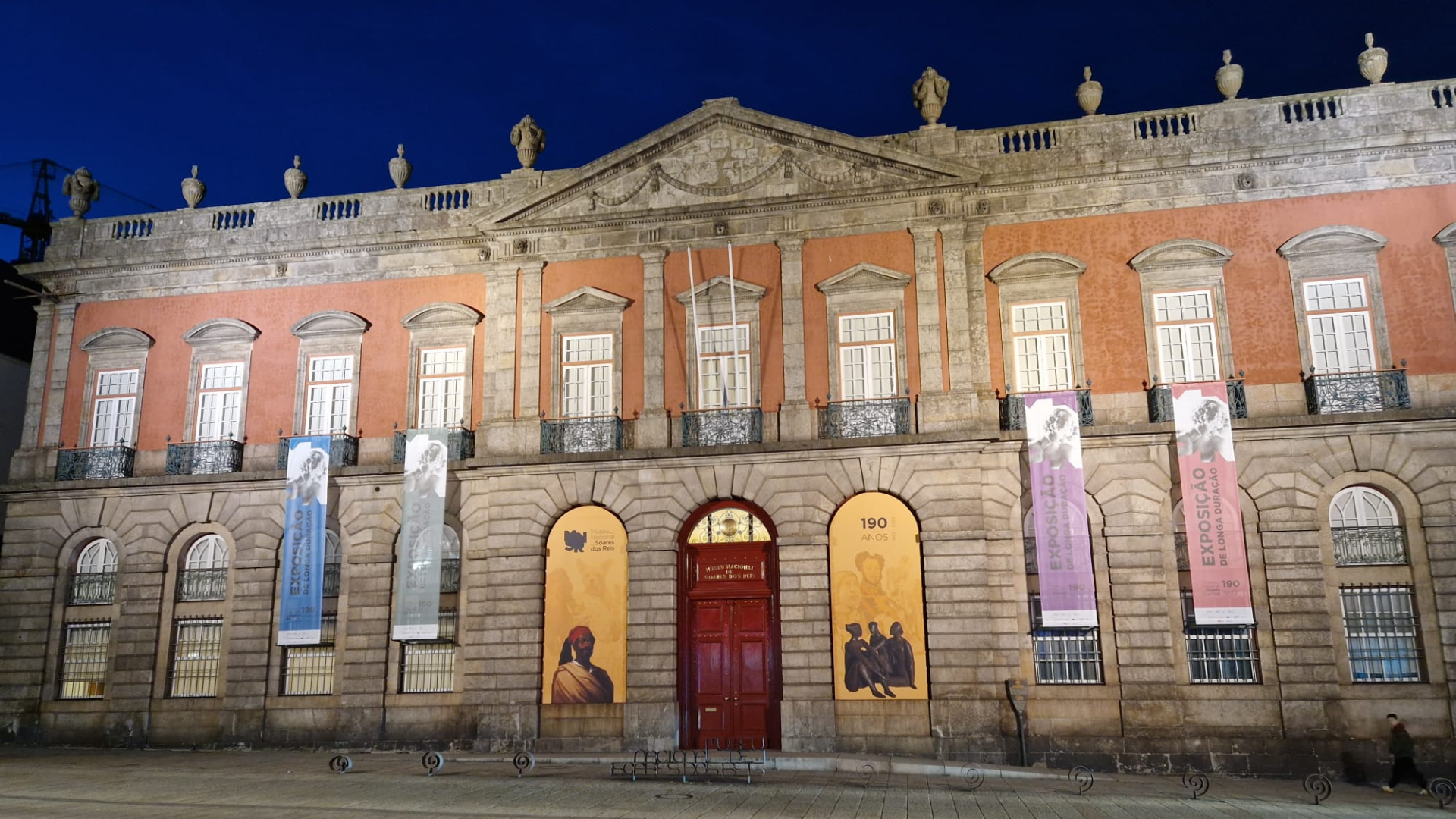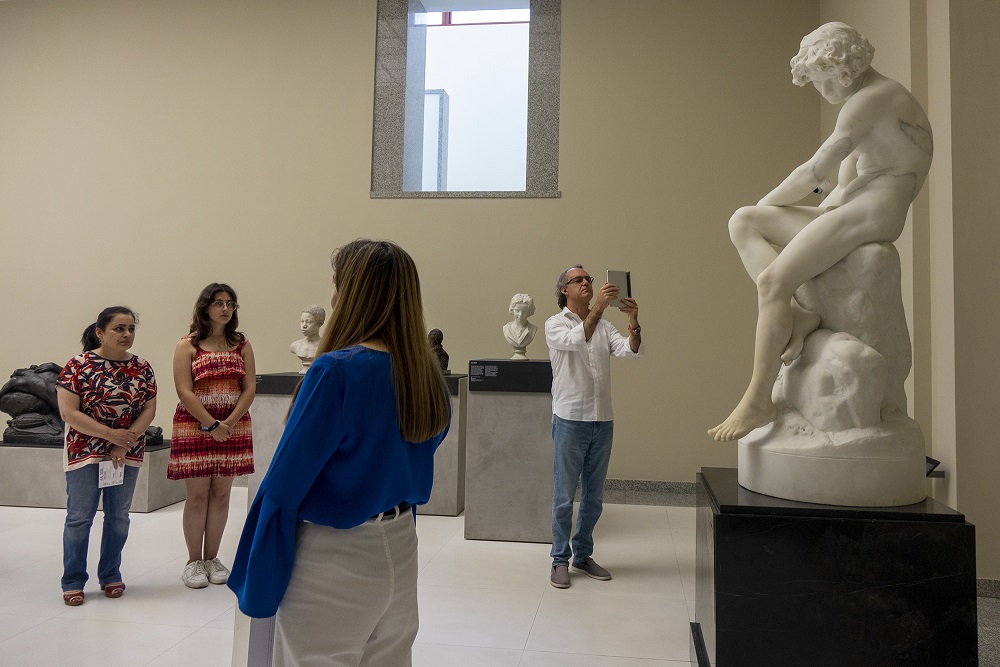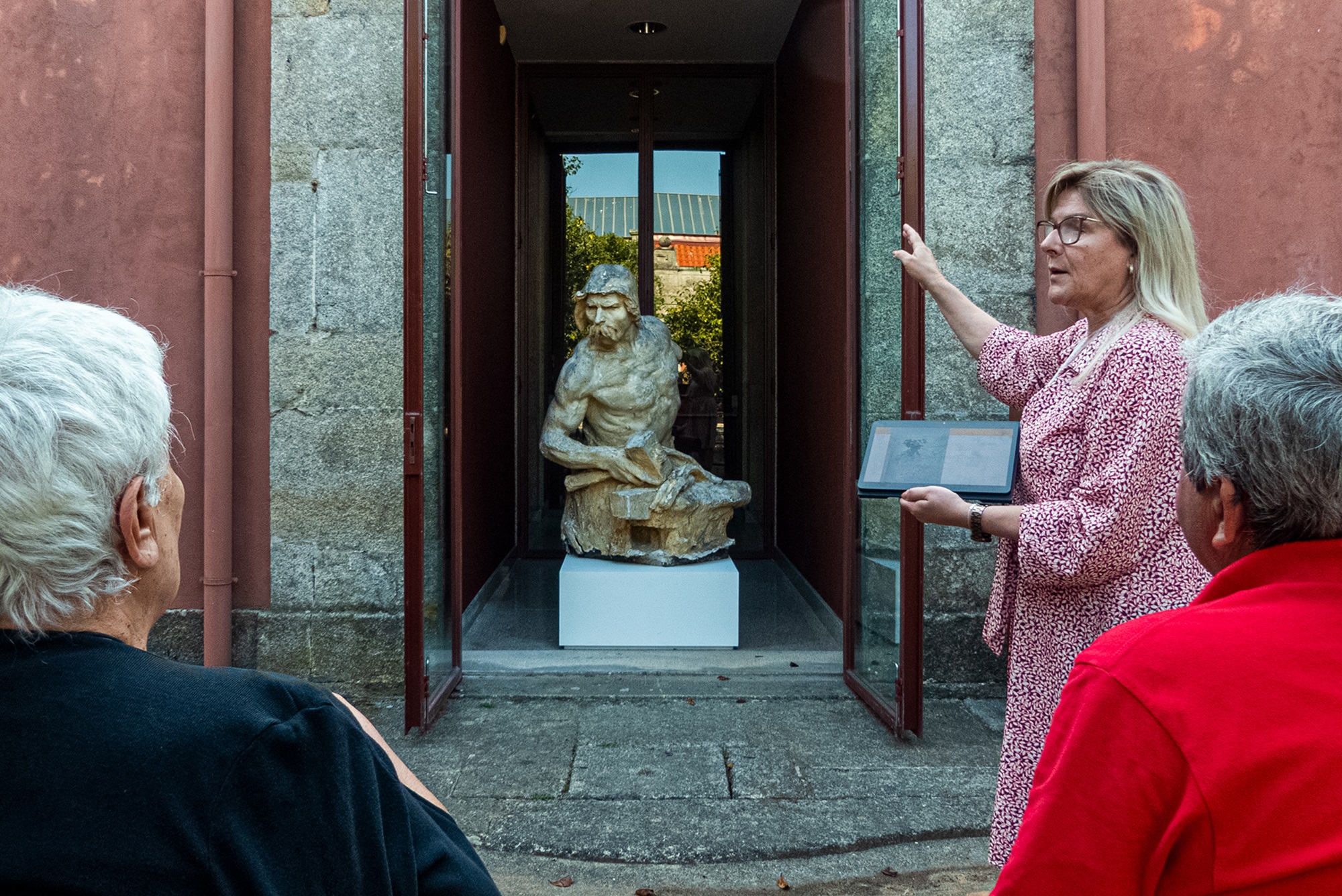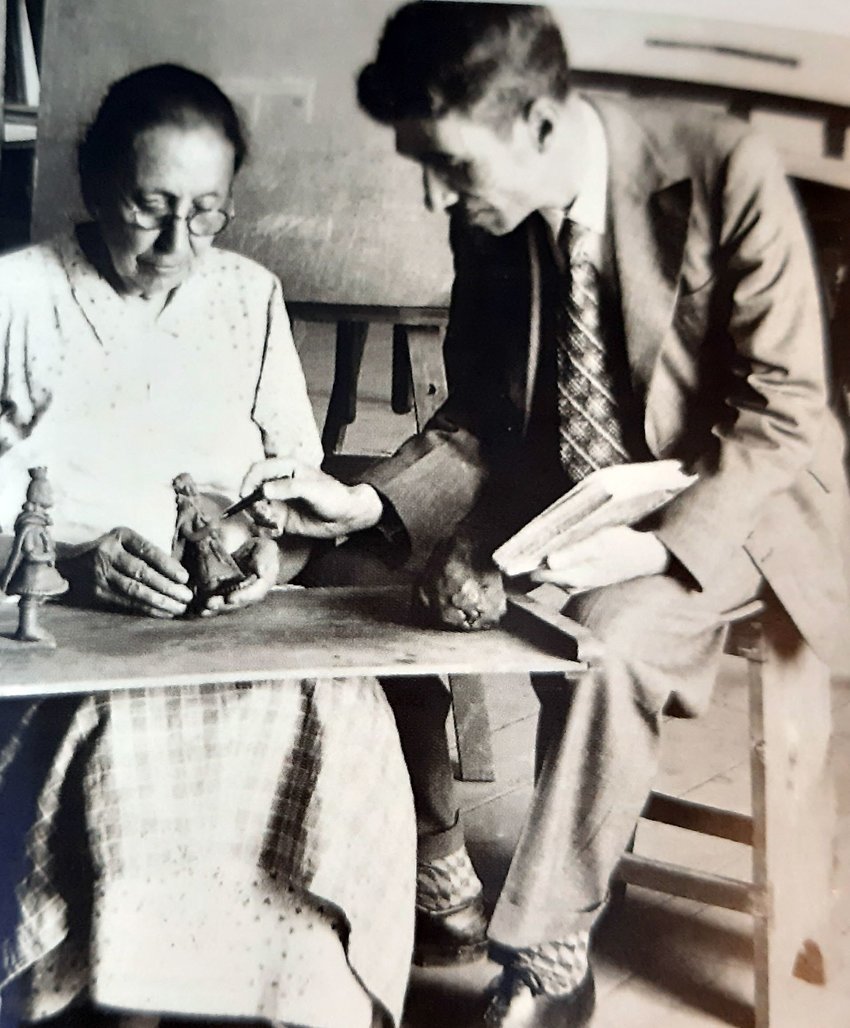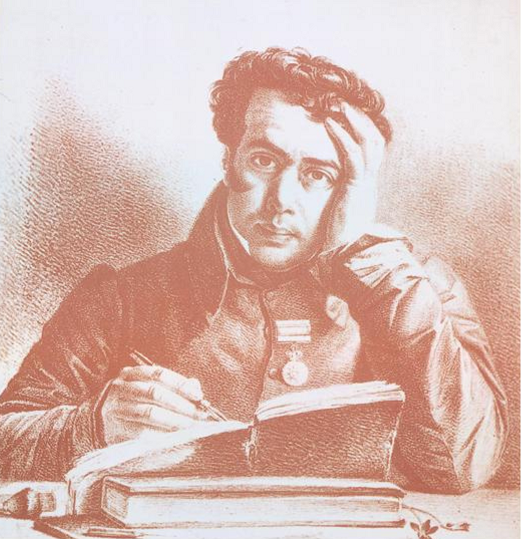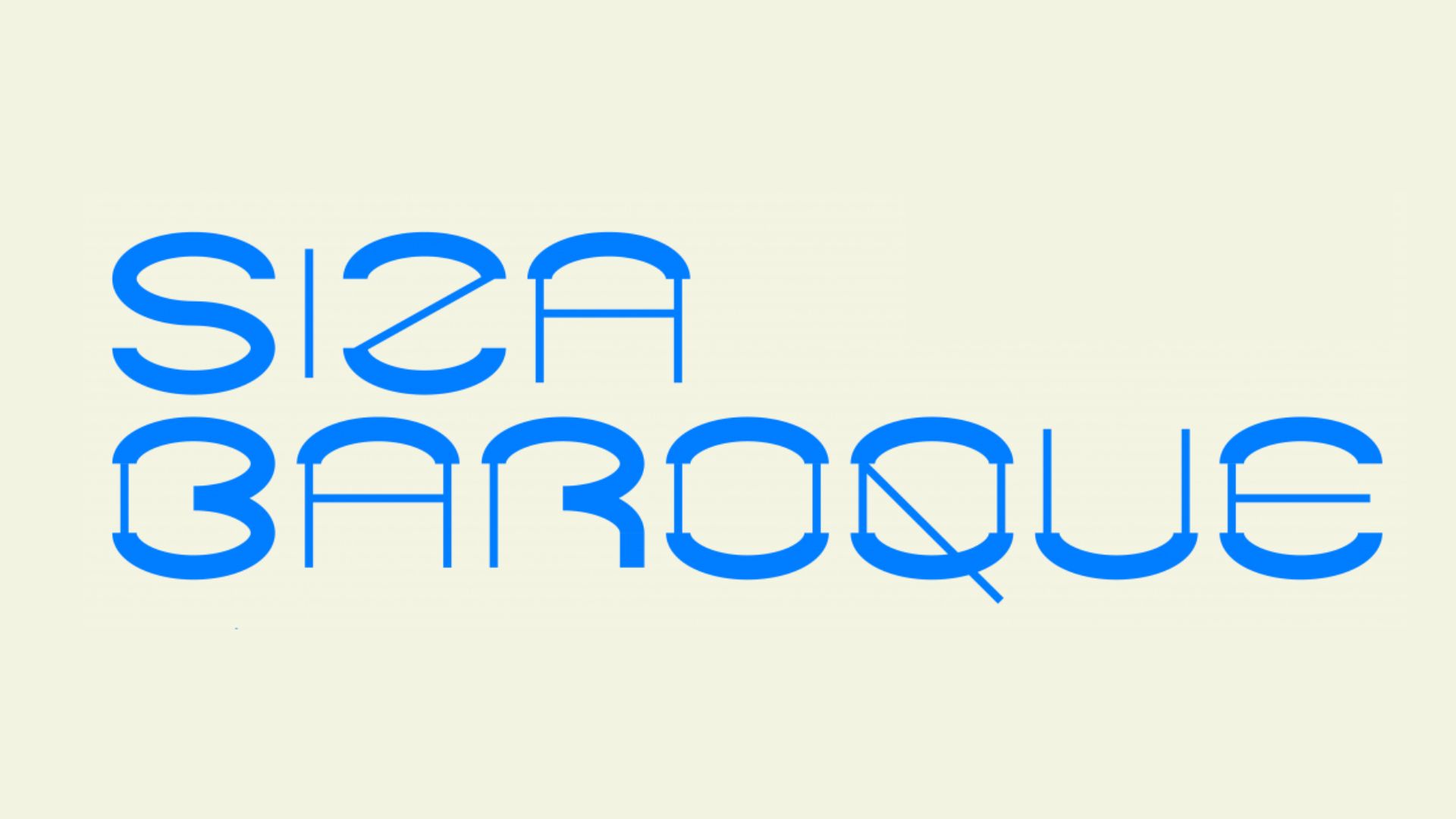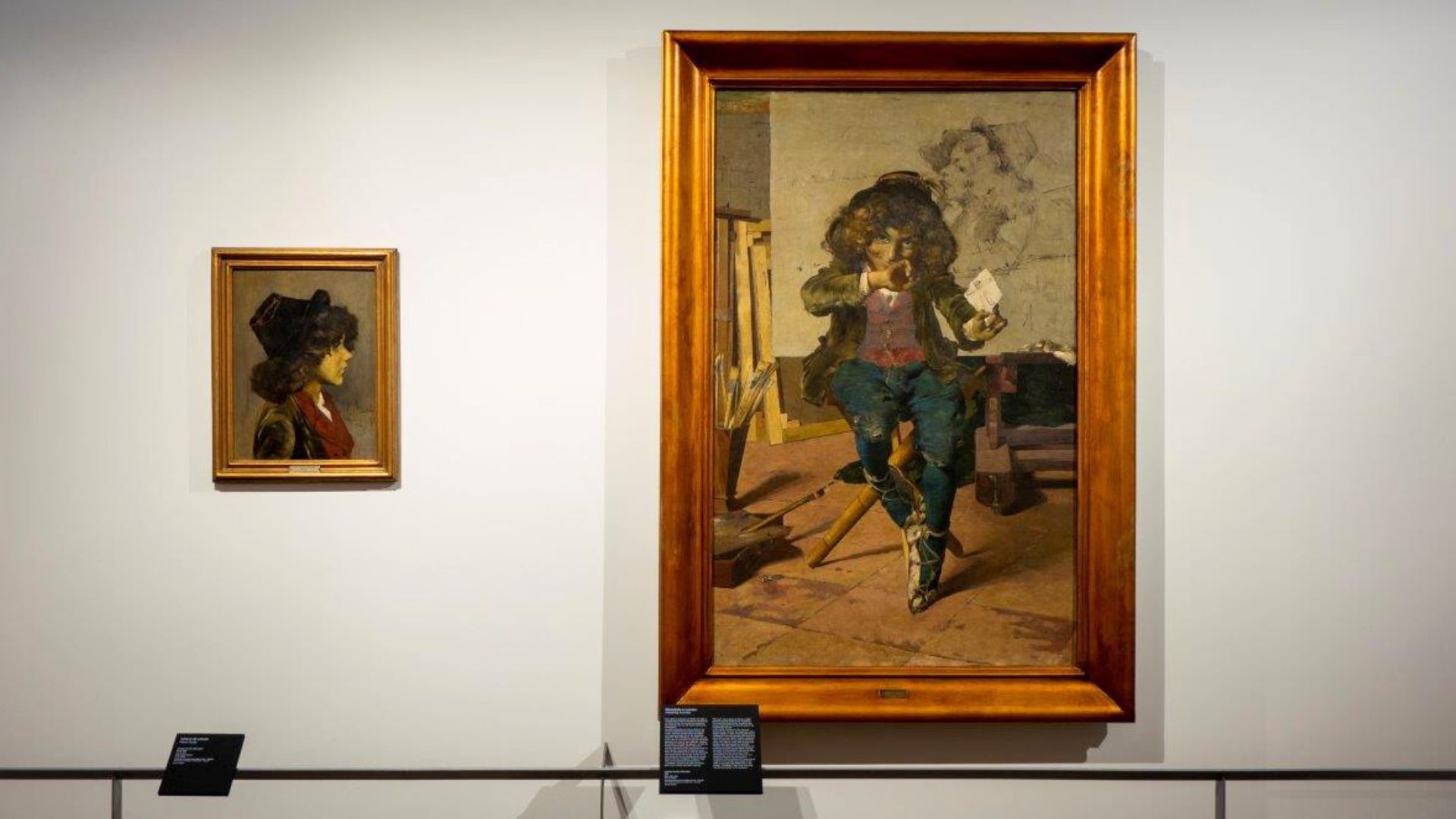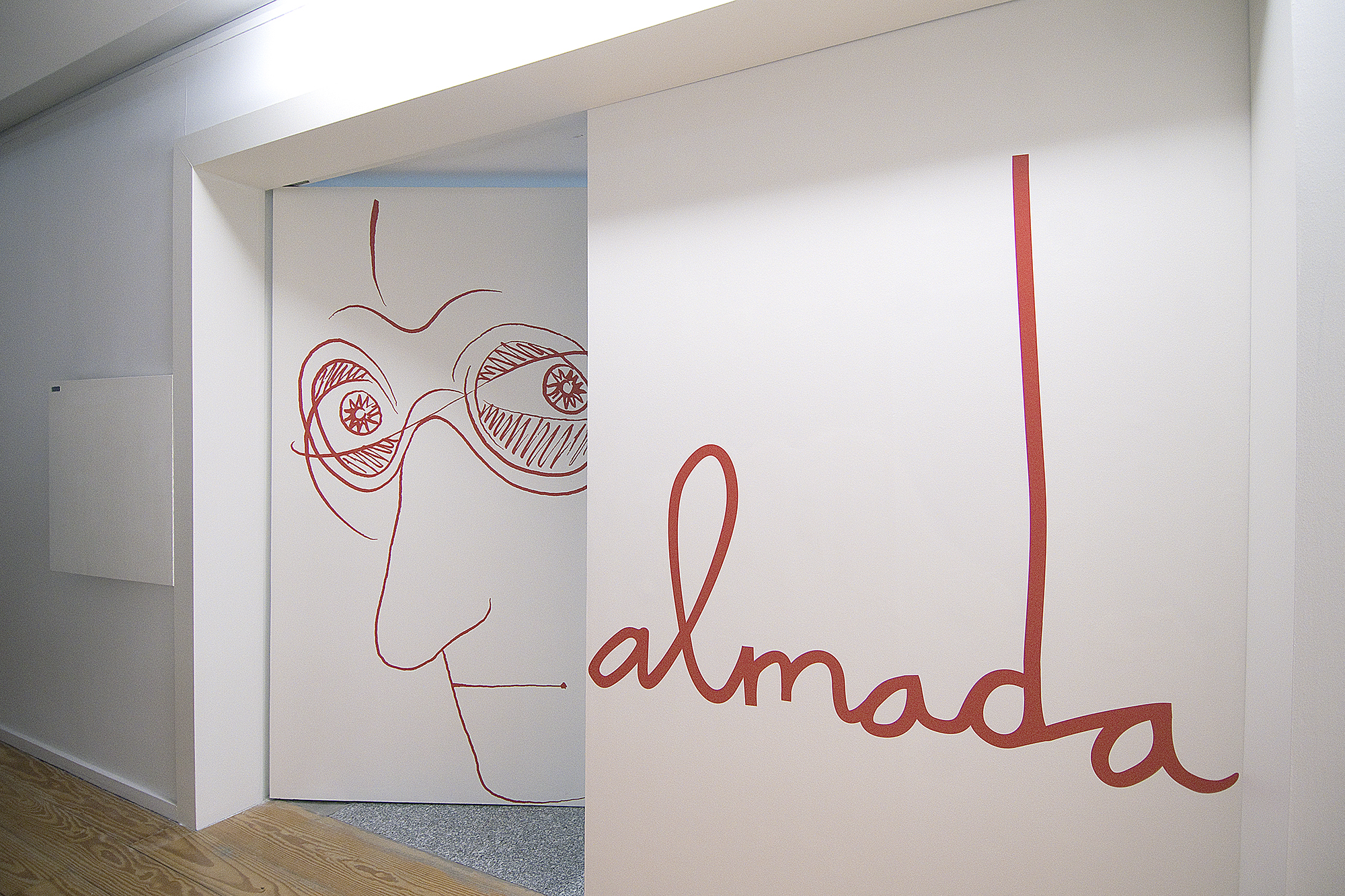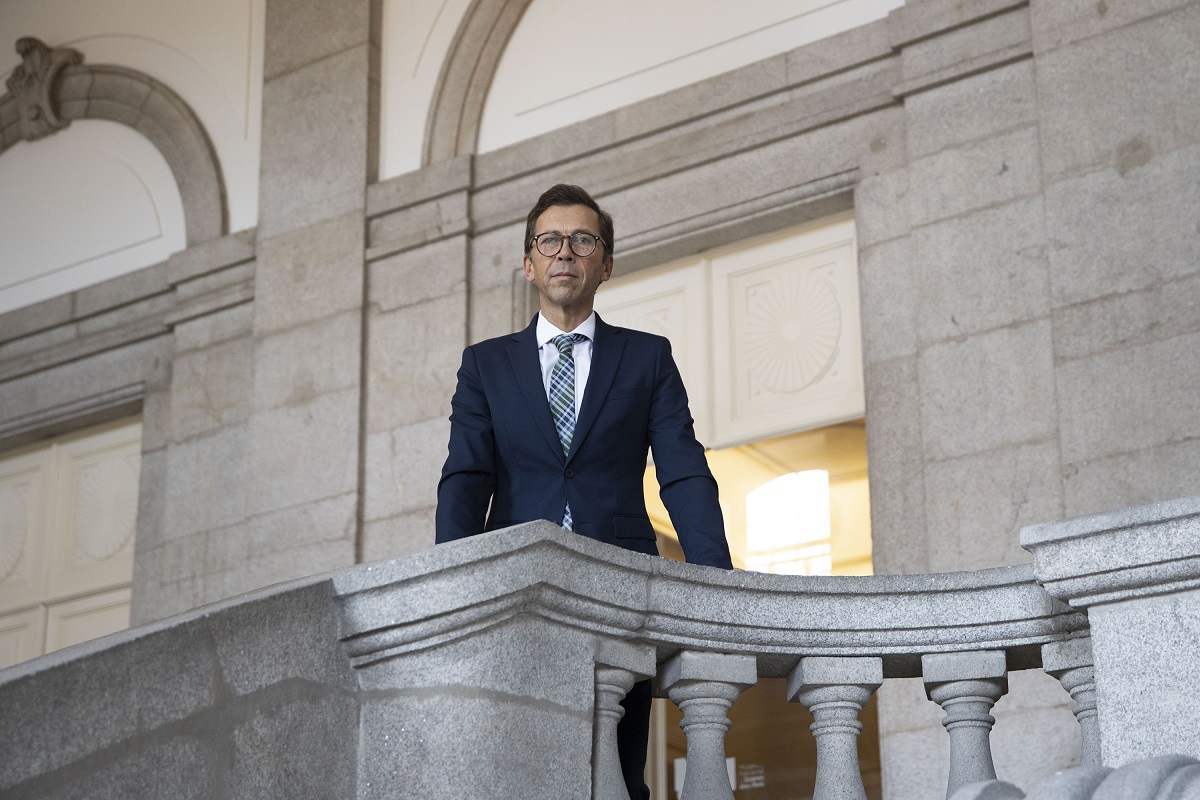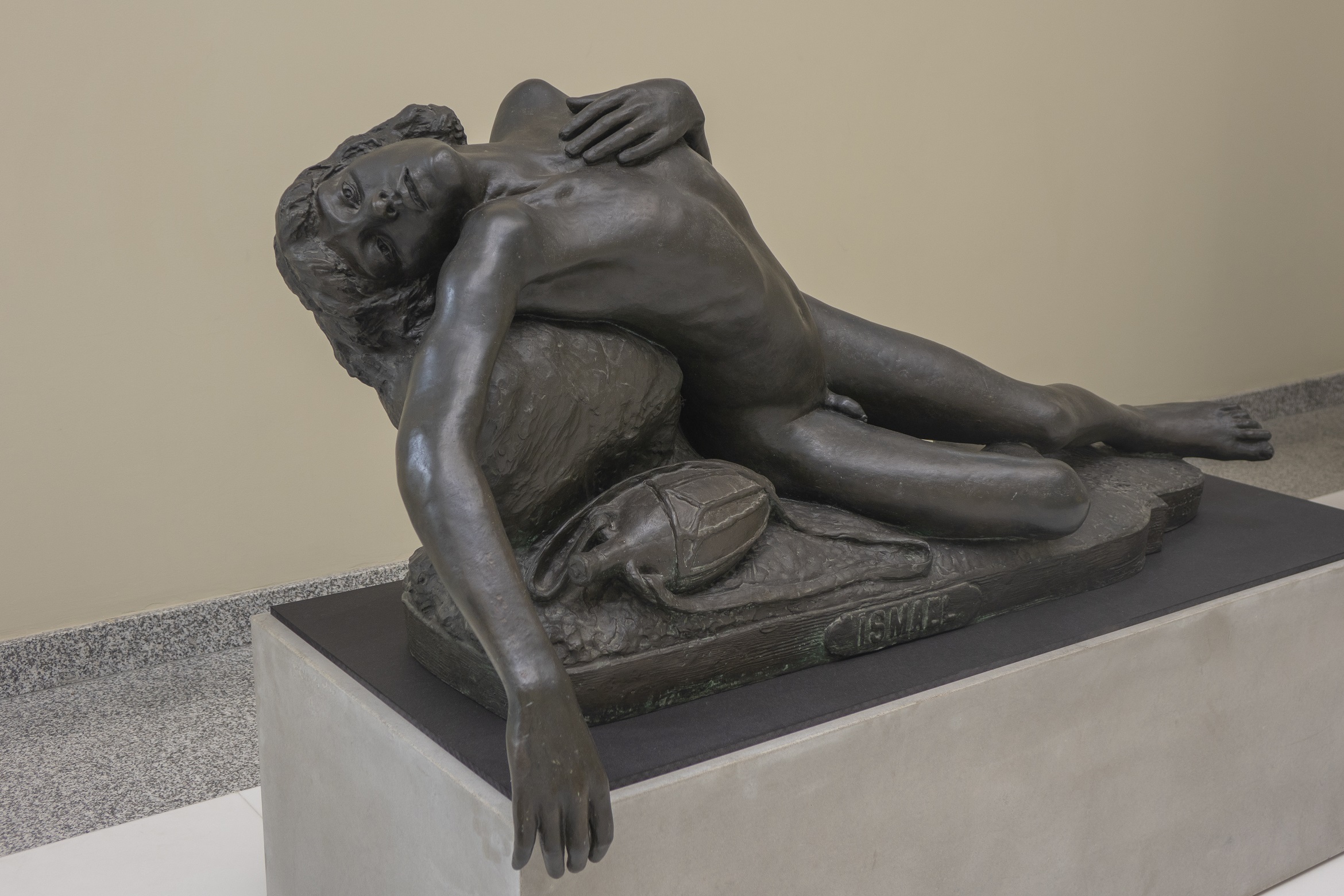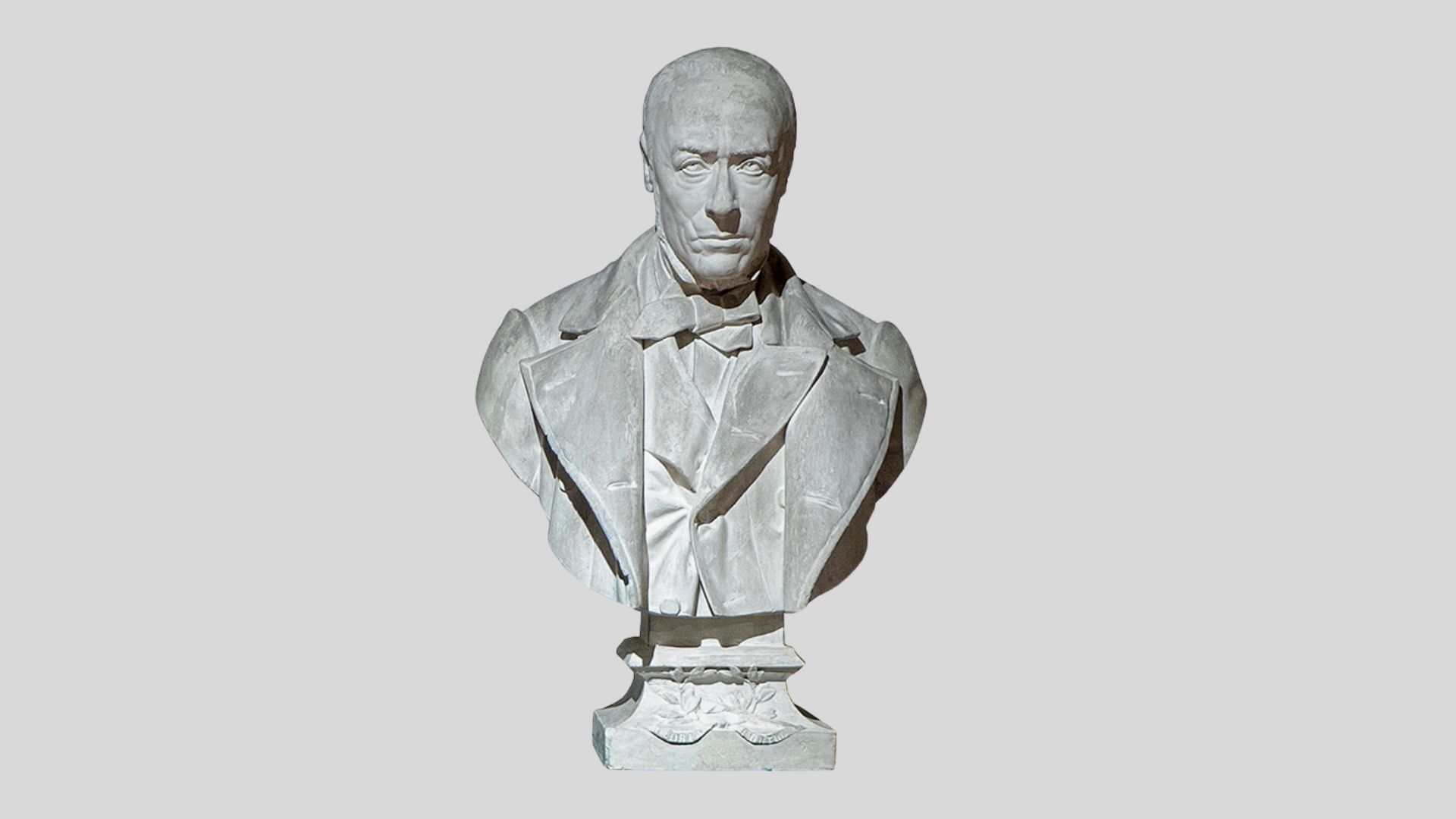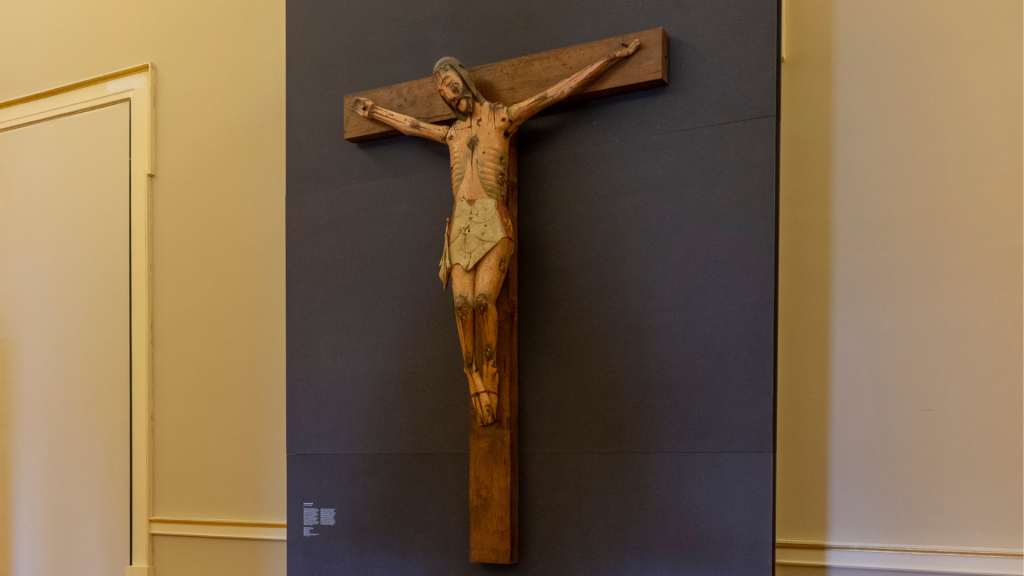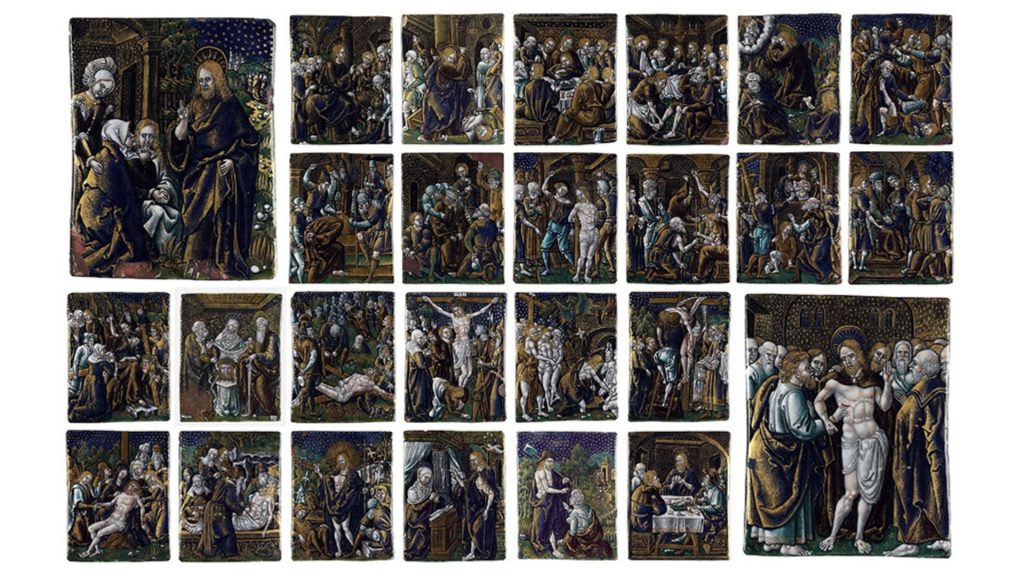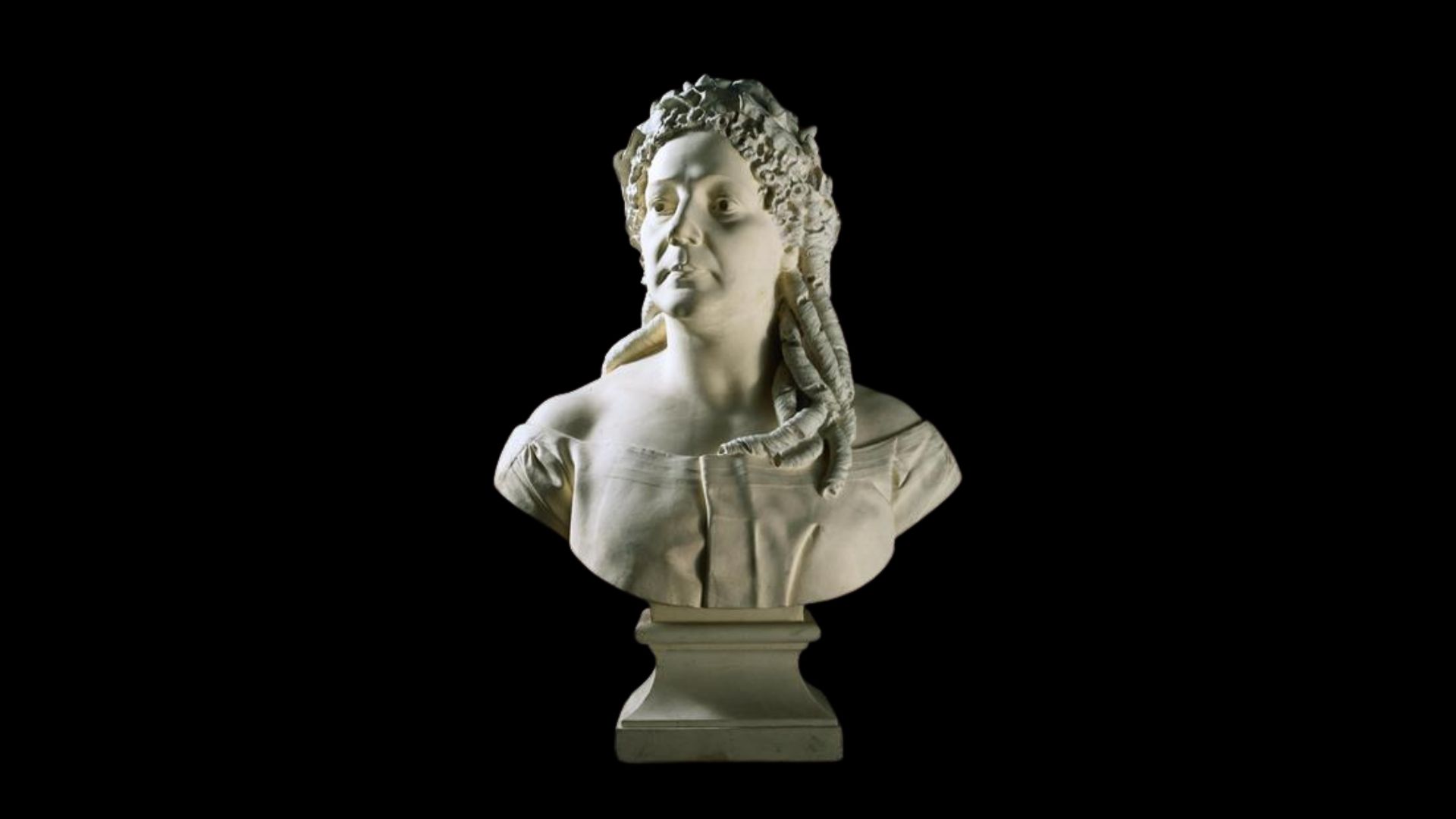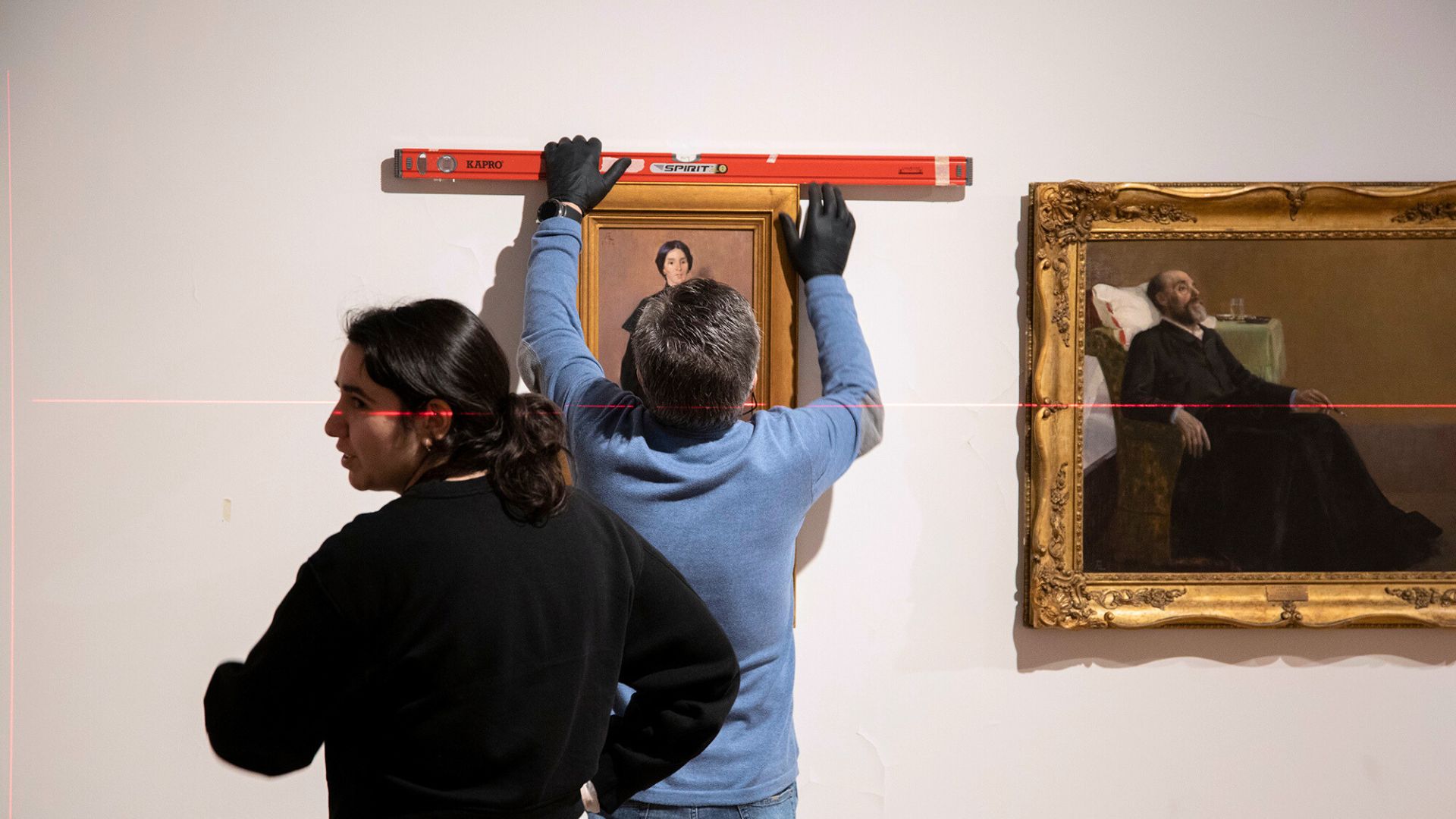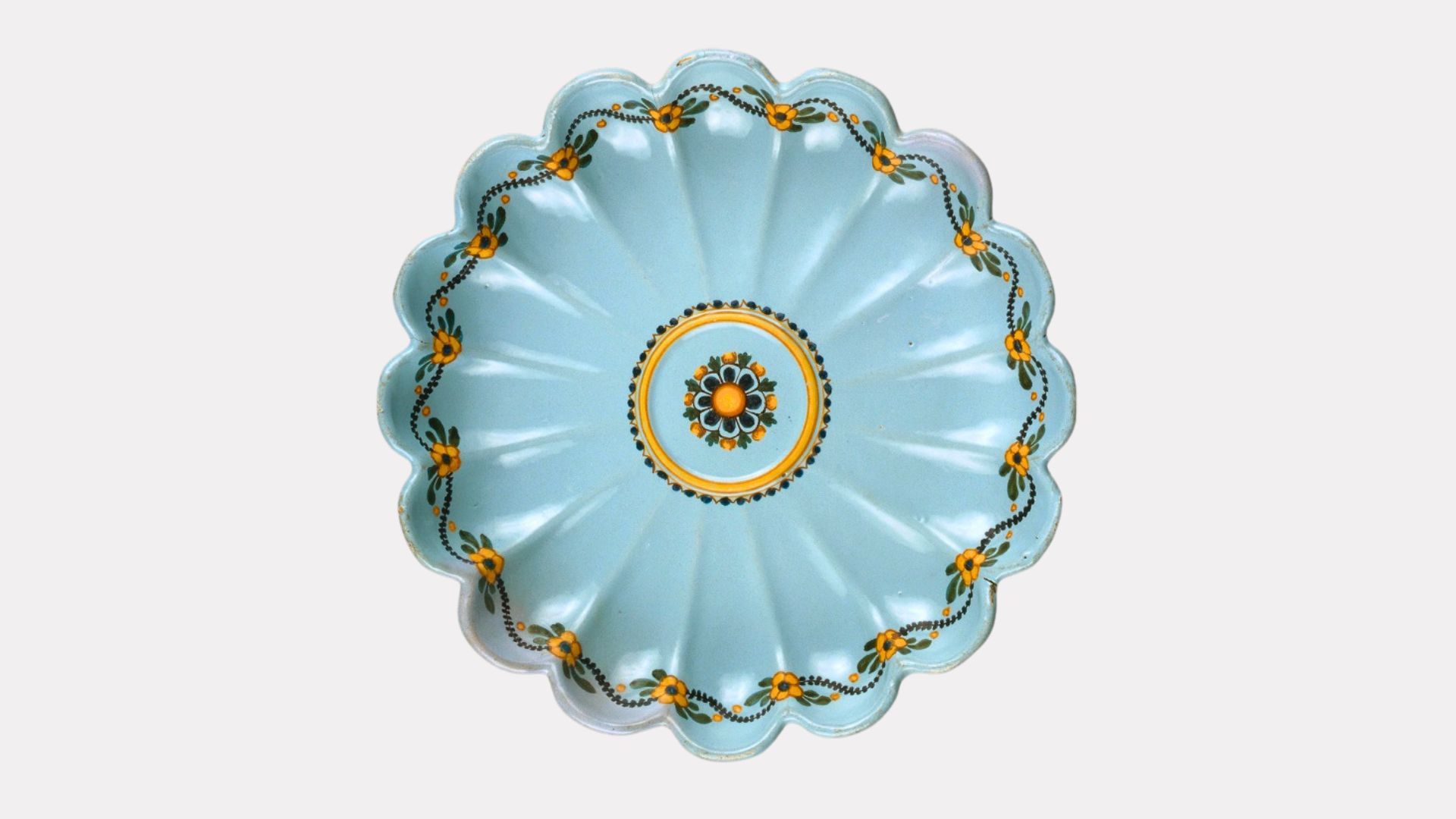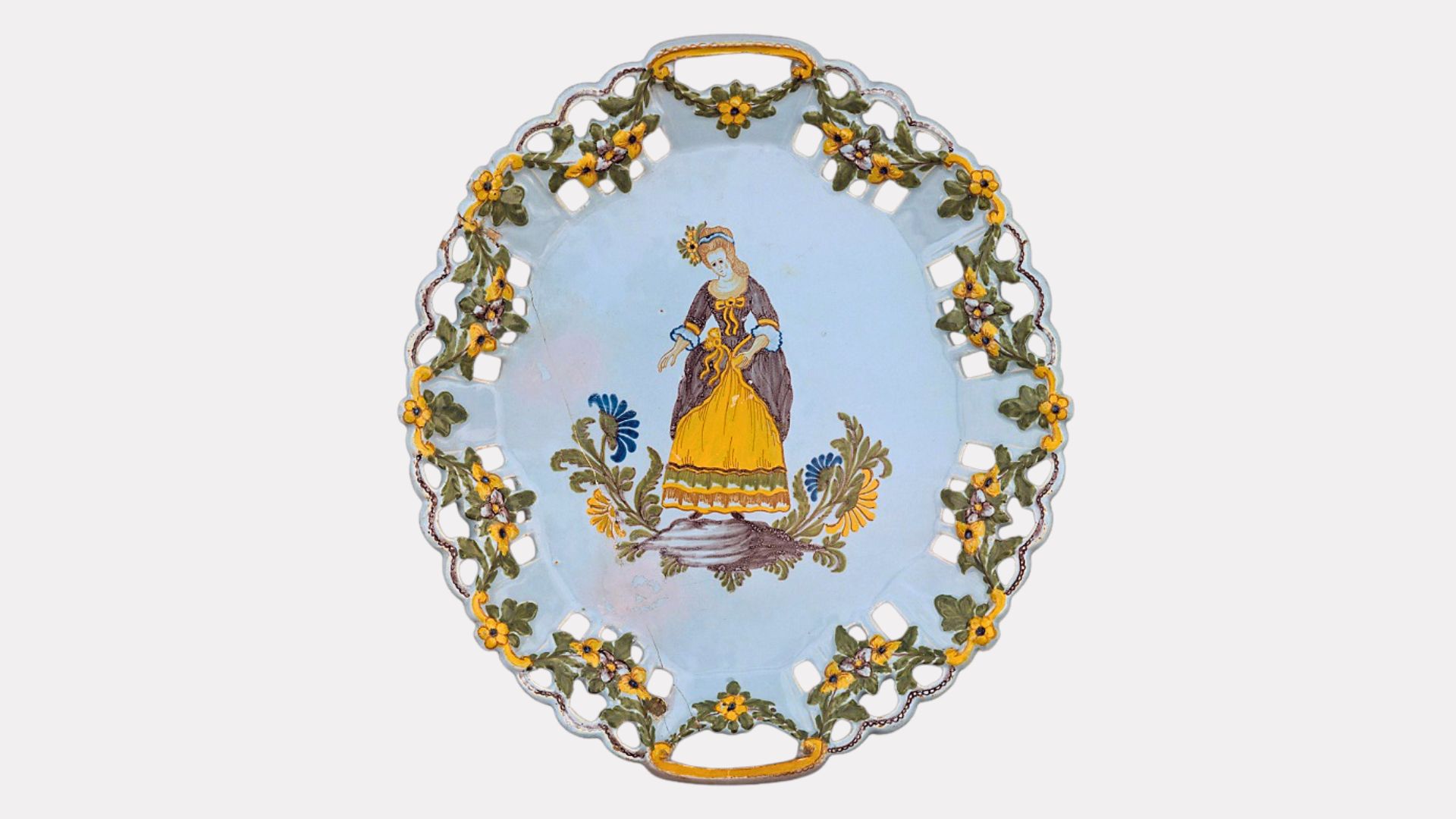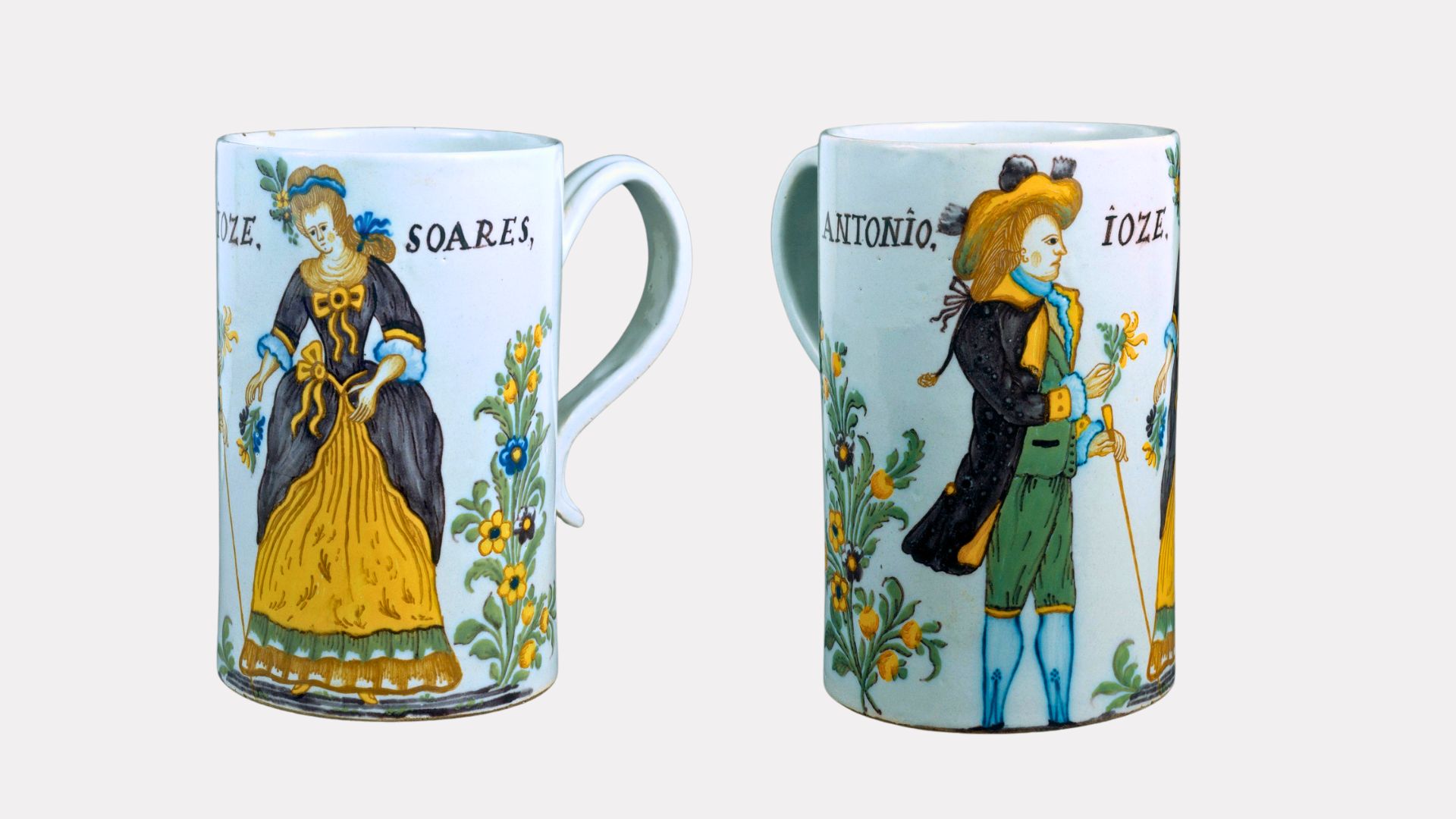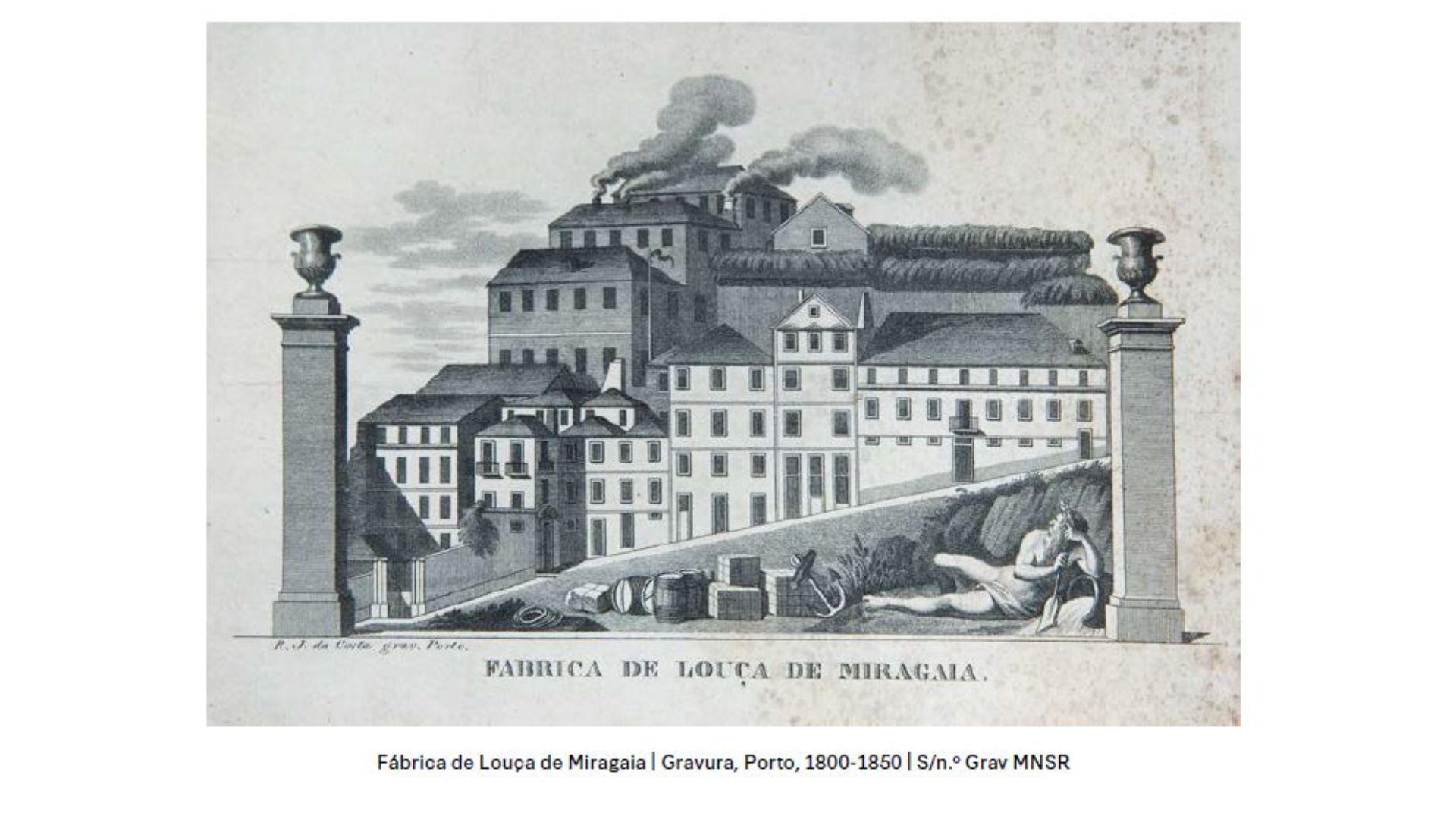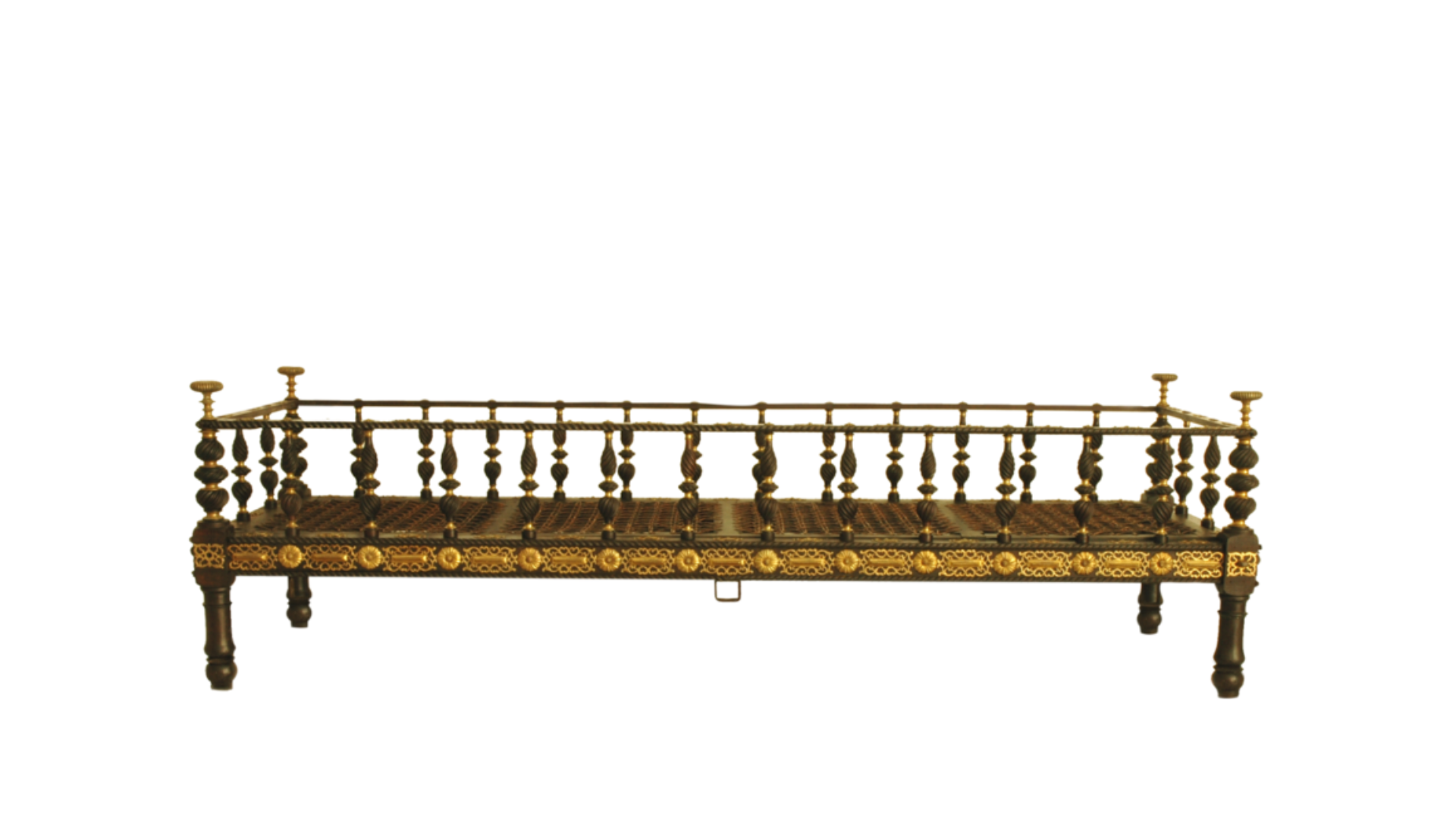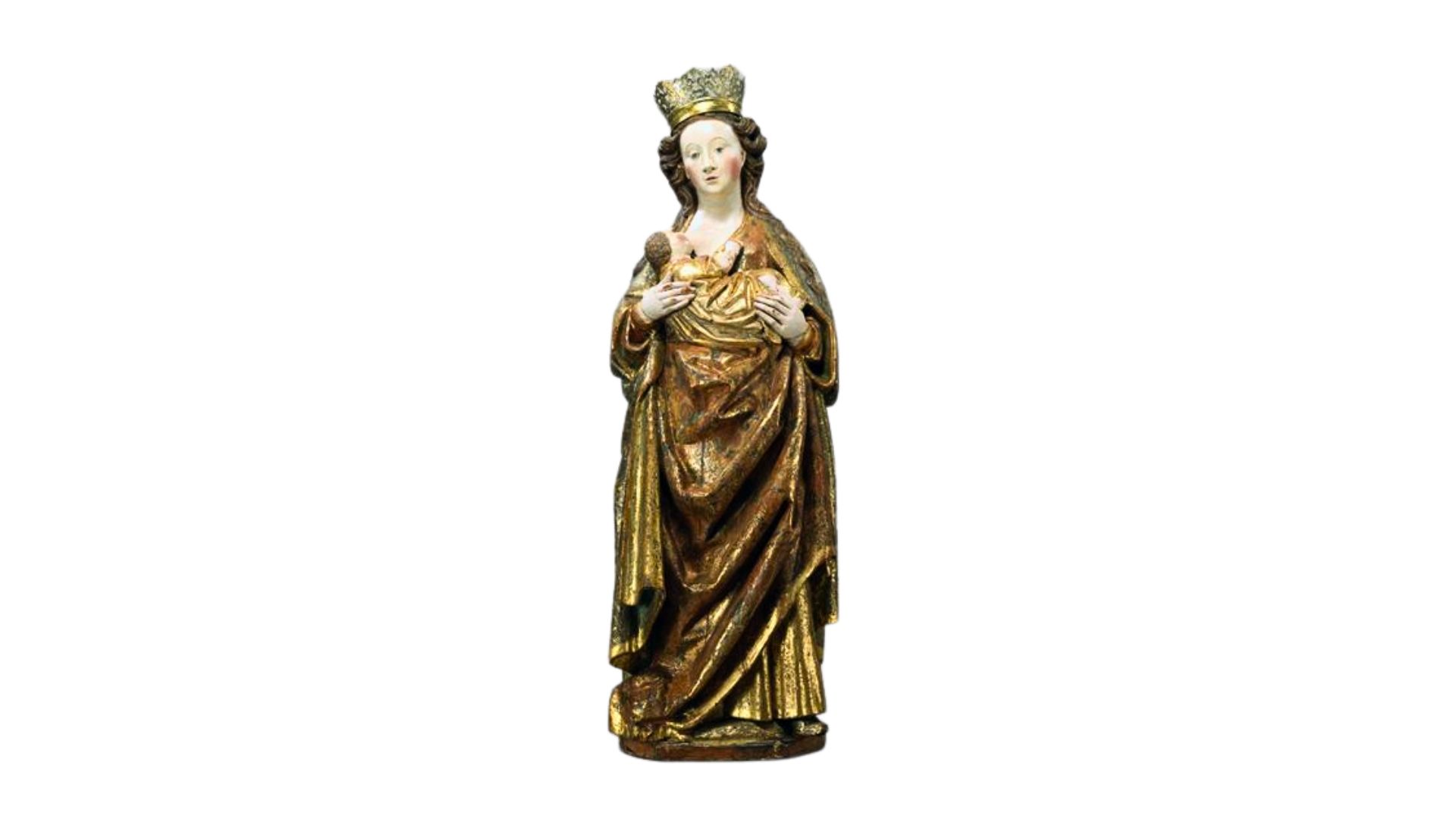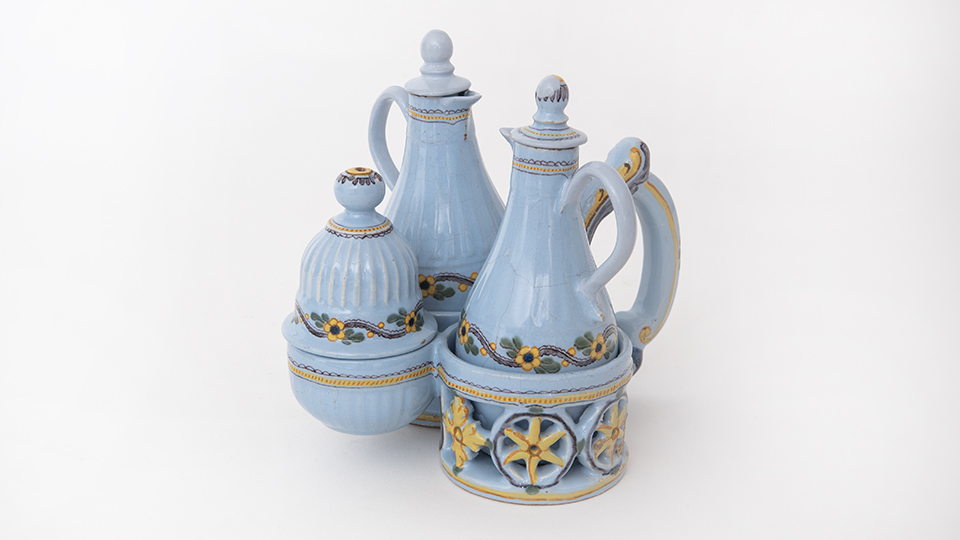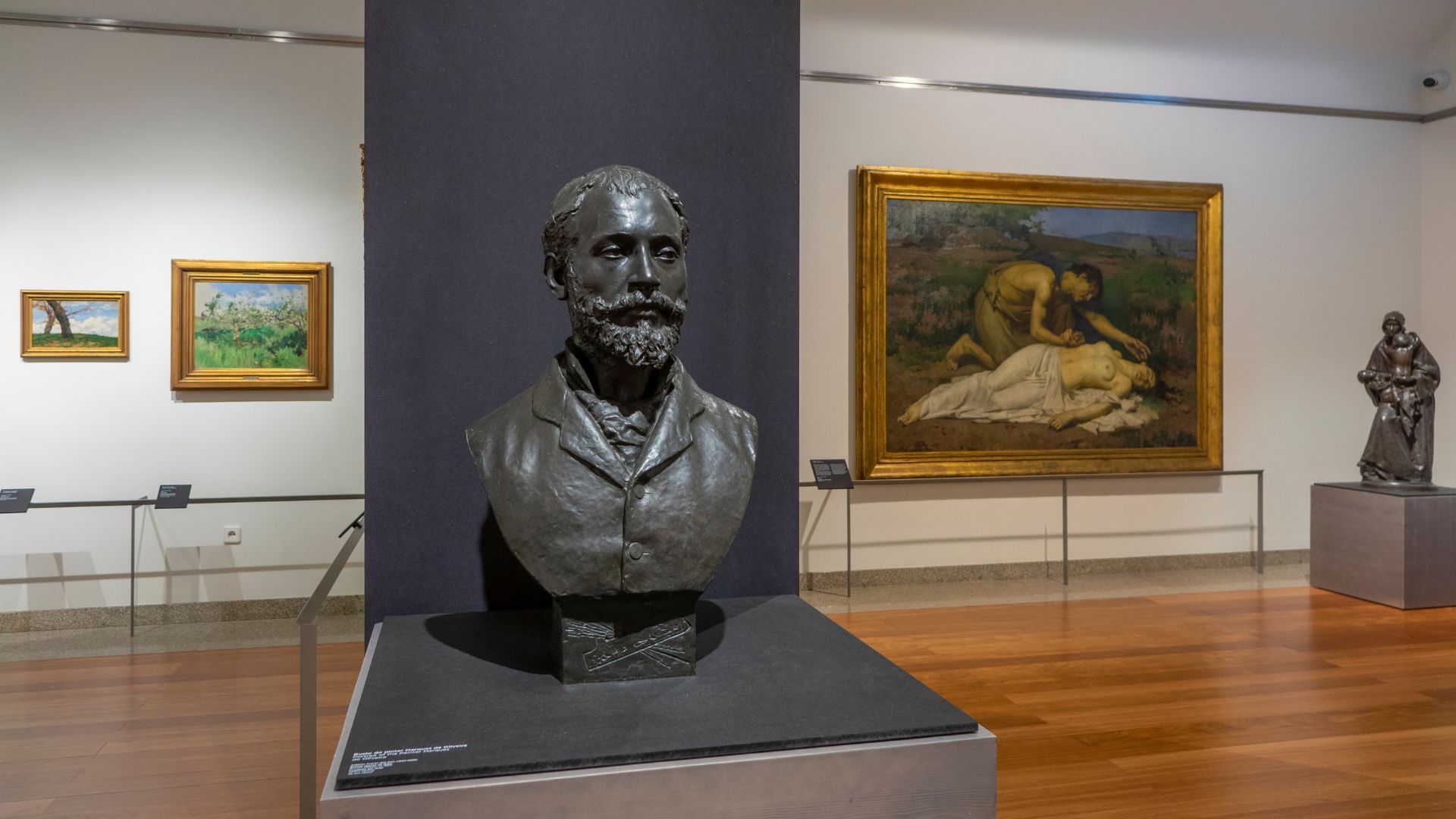The Super Bock Group is supporting ‘Affinities‘, an unprecedented project developed by the Soares dos Reis National Museum, in partnership with the Quarteirão Criativo Association, which aims to promote and valorise the artistic community of the iconic Bombarda Quarter in Porto.
The patronage protocol was signed this Tuesday at the Soares dos Reis National Museum between Rui Lopes Ferreira, CEO of the Super Bock Group, and António Ponte, Director of the Soares dos Reis National Museum, in the presence of Álvaro Sequeira Pinto, President of the Dr José de Figueiredo Group-Friends of the Soares dos Reis National Museum, and Tânia Santos, President of the Board of the Bombarda – Quarteirão Criativo Association.
The ‘Affinities’ project will last five years. Annual themed editions, exhibitions, workshops and talks will be organised to explore moments of harmony, empathy and similarity between the culture of the creative community of the Bombarda quarter and the Museum’s history and collection.
In the first edition, in 2024, under the theme Contemporary Jewellery and curated by Inês Nunes, the artistic community is challenged to develop creative and innovative proposals for contemporary jewellery in close relation to selected works from the Museum’s collection. The result of these participations will then be presented in an annual exhibition that will demonstrate the affinities between the Museum’s piece and the creations of the various artists.
Rui Lopes Ferreira, CEO of the Super Bock Group, said: “Supporting culture and the arts is a strong commitment of the Super Bock Group, one that we have had for many years, certain of its importance for the development of stronger and more prosperous societies. We do this by favouring close relationships that benefit the communities in which we operate, the quality of the projects themselves and the credibility of the institutions responsible for them.”
For António Ponte, Director of the Soares dos Reis National Museum, this project consolidates the strategic action of activating the Museum’s relationship with its ‘Neighbours’, closing the proximity perimeter: “After the partnership actions already carried out with the Centro Hospitalar Universitário de Santo António (Santo António Hospital, Centro Materno Infantil do Norte Albino Aroso and Centro Integrado de Cirurgia de Ambulatório), as well as with ICBAS – Institute of Biomedical Sciences Abel Salazar, the ‘Affinities’ project will make it possible to strengthen the connection to the Bombarda Quarter, energising and stimulating the creativity of the artists installed there around the collections that make up the Soares dos Reis National Museum’s holdings.”

